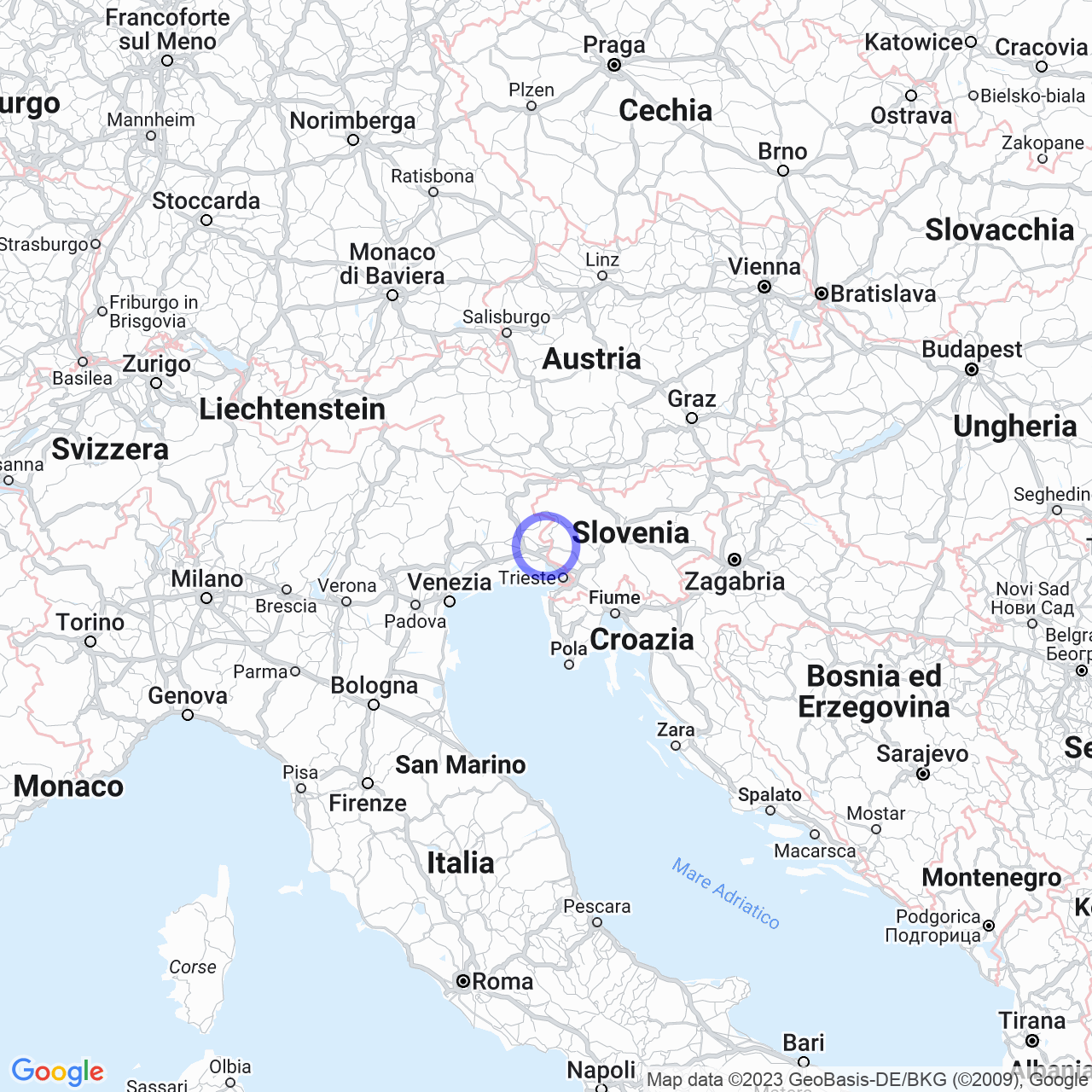Mossa
Mossa: a Friulian town to discover
The town of Mossa, located in Friuli-Venezia Giulia, is a small rural village with just over 1500 inhabitants. Its millenary history is evidenced by archaeological finds dating back to the Neolithic period, as well as Roman coins and a Slavic necropolis. Mossa has undergone the ups and downs of the wars between the Patriarchate of Aquileia and the counts of Gorizia and enjoyed extensive administrative autonomy in the Middle Ages. Today, the village is an ideal destination for lovers of history, traditions and nature.
Physical geography
The municipality of Mossa covers only a few square kilometers and borders on the municipalities of Capriva del Friuli, San Lorenzo Isontino, Farra d'Isonzo, San Floriano del Collio and Gorizia. The municipal territory, predominantly flat, is crossed by the Isonzo river and borders on the first foothills of the Collio. The landscape is characterized by modest hills that reach just over 100 meters above sea level.

The millenary history of Mossa
The name of the town of Mossa derives from the Lombard toponym "Mossau" or "Moos-Au" and the area was certainly inhabited already in the Neolithic period. In the Middle Ages, it enjoyed extensive administrative autonomy and had a seat in the Friuli Parliament. The Countess Hadwig of Mossa was important for the birth of the future County of Gorizia and chose the castle of Mossa as her widow's residence. Between the twelfth and sixteenth centuries, it underwent the ups and downs of the wars between the Patriarchate of Aquileia and the counts of Gorizia. In 1480, a serious fire destroyed the castle, leading to the construction of the new building, called "Cjascjelût" (little castle).
In 1523, Mossa definitively passed to the County of Gorizia and the administration was entrusted to various noble families. During the Austrian dominion, Mossa became a small rural village, with the population mainly devoted to agriculture and small crafts. In 1877, a provincial law established the first autonomy of the municipality of Mossa, by separation from that of Lucinico.
The First World War marked the end of the Habsburg period. In 1915, the village was immediately occupied by the Italian Army and the people of Mossa were forced to move to various Austrian locations until the end of the war. With the defeat of Caporetto, the village was re-conquered by the Austro-Hungarian army and held until the final withdrawal after the battle of Vittorio Veneto. In 1918, Italy annexed Mossa and in 1928 the municipality was merged, together with San Lorenzo Isontino and Moraro, into that of Capriva del Friuli.
During the Second World War, the village suffered the tragic events of the war and the subsequent Allied military government until 1947. After the conflict, Mossa found itself close to the new border between Italy and Yugoslavia (since 1991 Slovenia), which runs a few kilometers north of the village.
Mossa today: between history, tradition and nature
Today, Mossa is an ideal destination for lovers of history, traditions and nature. The historic center still preserves the ancient charm and relaxing atmosphere of a small rural village. Among the attractions of the village, the church of San Pietro is an example of Romanesque architecture.
Mossa is also known for the production of quality wine, which encapsulates the typicality of the territory. Among the numerous wineries present, the Zorzettig winery offers the "Collio" wine, with an intense flavor and characterized by notes of yellow-fleshed fruit and spices. Local cuisine offers typical Friulian dishes such as polenta, cjarsons (gnocchetti stuffed with potatoes and cheese) and jota (a soup of sauerkraut and beans).
In addition, Mossa offers numerous opportunities for nature lovers. The village is located on one of the main cycling routes in the region, which winds along the Isonzo river and offers a spectacular panorama of the hills of the Collio. There are also numerous hikes in the area, such as the path of San Fortunato, which offers a suggestive view of the Friulian plain.
Conclusions
The municipality of Mossa is an ideal destination to discover the history and traditions of the Friulian region, with quality wine, typical dishes and unspoiled nature. Characterized by the ancient charm of a small rural village, Mossa is a perfect destination for those who wish to live in contact with the history and culture of the territory.
